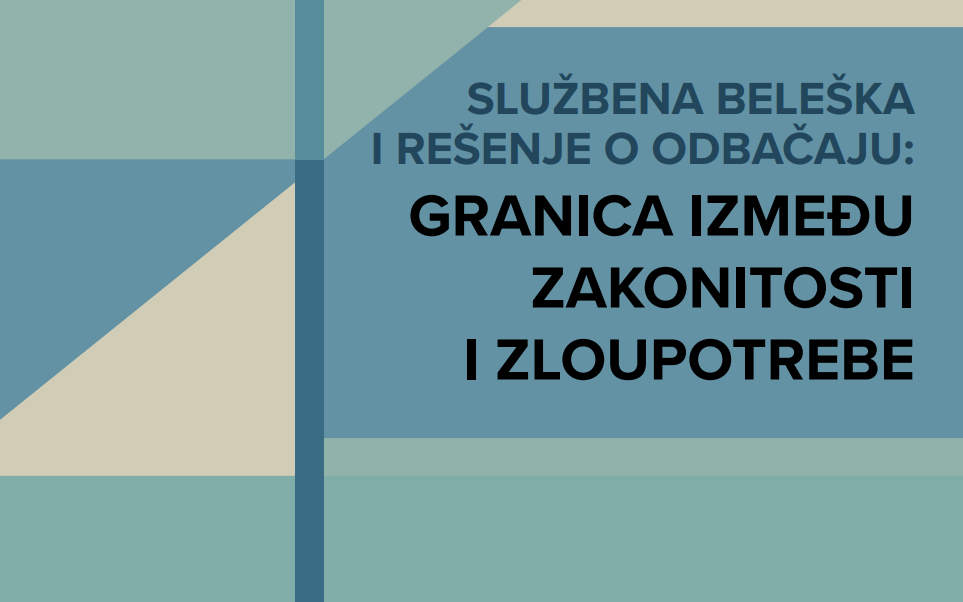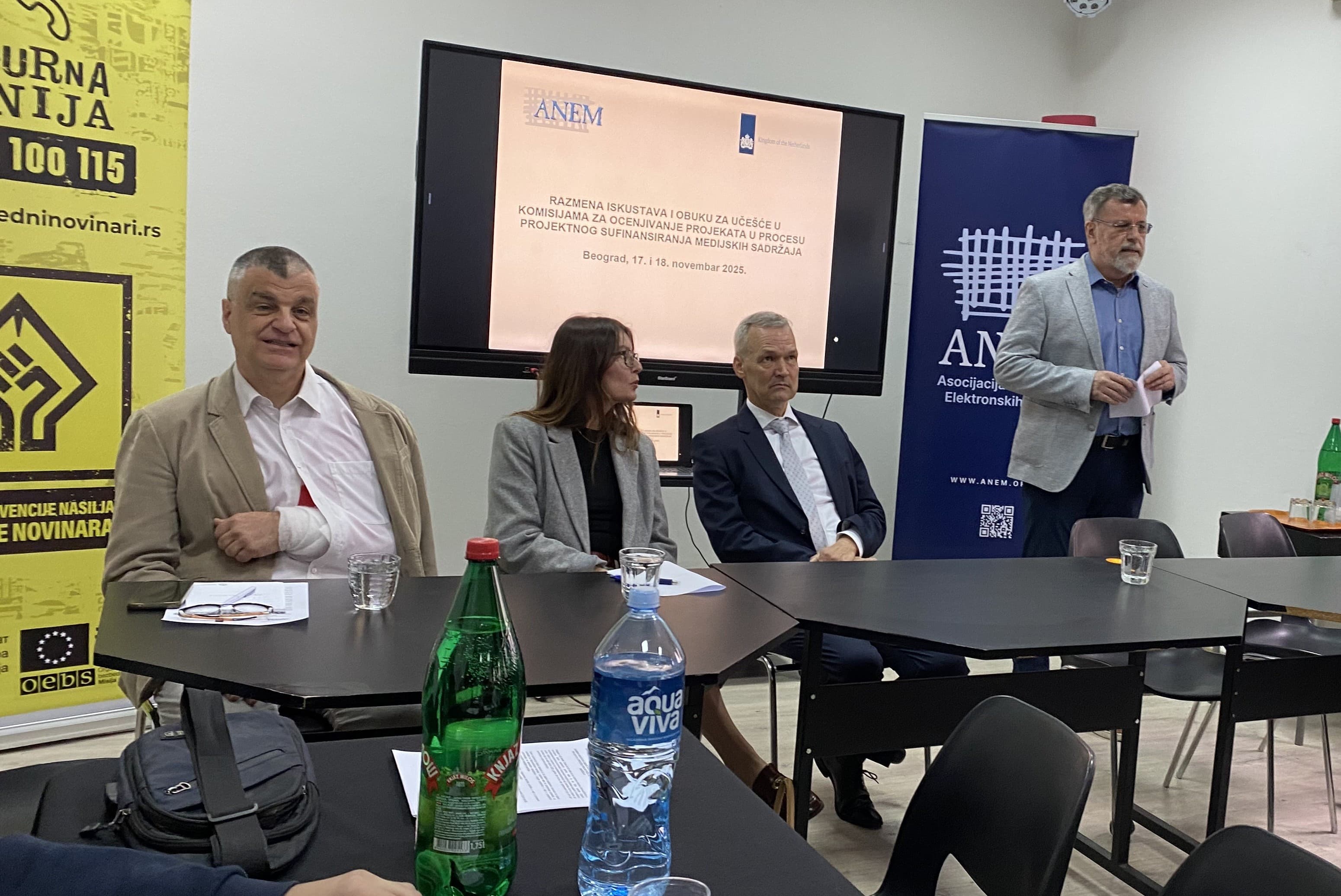Institute for Media and Diversity: Escalation of Hate Speech in the Media Due to Political Crisis
The political crisis in the country that followed the collapse of the canopy in Novi Sad has shaped the results of the monitoring of hate speech in the media conducted by the Institute for Media and Diversity - Western Balkans. In this atmosphere, established harmful narratives and hate speech, especially those targeting women and ethnic groups, have been used as political tools against students, demonstrators, the opposition, civil society, as well as ordinary citizens who participated in blockades and protests.

Journalists, as well as independent media, have also been treated as political opponents, while journalistic associations warn of the rising physical attacks against those reporting from protests. Messages of hatred of the highest intensity have been recorded in cases targeting journalists, as several included death threats.
The main sources of hate speech, in a total of 102 cases recorded between January 2024 and July 2025, were media (41.5%) and politicians and public officials (21.5%). Some media, particularly tabloids and television stations with national broadcasting licenses, are frequent accomplices in amplifying harmful and polarizing messages.
Hate narratives and other harmful narratives have become significantly more complex and layered. For the first time in nearly five years of monitoring, the largest number of recorded cases targeted multiple different identities simultaneously, based on gender, sexual orientation, or ethnic affiliation, as well as political views.
Although women remain the primary target of hate speech, there has been a significant increase in political targeting. These two categories together account for nearly half of the recorded cases, while slightly fewer cases of ethnic hatred and targeting of sexual minorities have been noted compared to previous years.
The language used by the media in targeting political opponents has also intensified, with established labels such as traitors and foreign mercenaries now often replaced with terms like terrorists, fascists, and nazis.
The strong campaign We Are Not a Genocidal Nation, which emerged last year after the United Nations adopted the Resolution on Srebrenica, has been further misused this year against students, professors, and other citizens who supported the protests. Political opponents have often been labeled as Ustaše in regime media and portrayed as enemies destabilizing Serbia.
Sexist and misogynistic narratives remain strong in Serbian media, while sensationalist and unprofessional reporting on femicide and other forms of gender-based violence is particularly problematic.
Although the number of hate cases against the LGBTIQ+ community decreased during this period, hatred escalated around cultural events such as Eurovision and the Olympic Games. Queer individuals and their performances at these events were labeled as satanic and demonic.
One-fifth of recorded cases were noted on the most-watched television channels in the country. Despite this, the competent Regulatory Body for Electronic Media has not responded to them, nor initiated other similar procedures in the past year and a half. The dissolution of the REM Council in November 2024, whose new members have yet to be elected, has created a complete regulatory vacuum. Media that continuously violate professional standards and media laws have been given free rein to continue doing so.
The results of research were presented at the regional conference of the Diversity Reporting Network Breaking Words, Building Bridges in Belgrade, alongside findings from the monitoring of hate speech in media in Albania, North Macedonia, Bosnia and Herzegovina, Montenegro, and Kosovo.
You can download the publication with the research results HERE.
Related Articles

"I am not sure what to expect when I go out on the street": Journalist Isidora Kovačević after the court acquitted the man who was posting wanted notices with her image.

NUNS Analysis: Official Notes Instead of Legal Protection – A System That Leaves Journalists Unprotected











